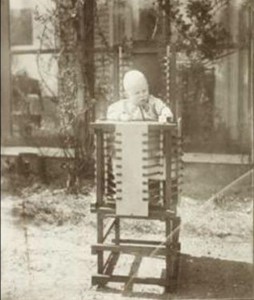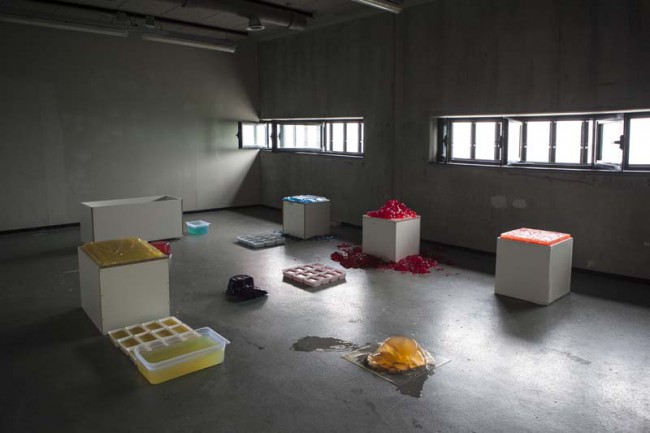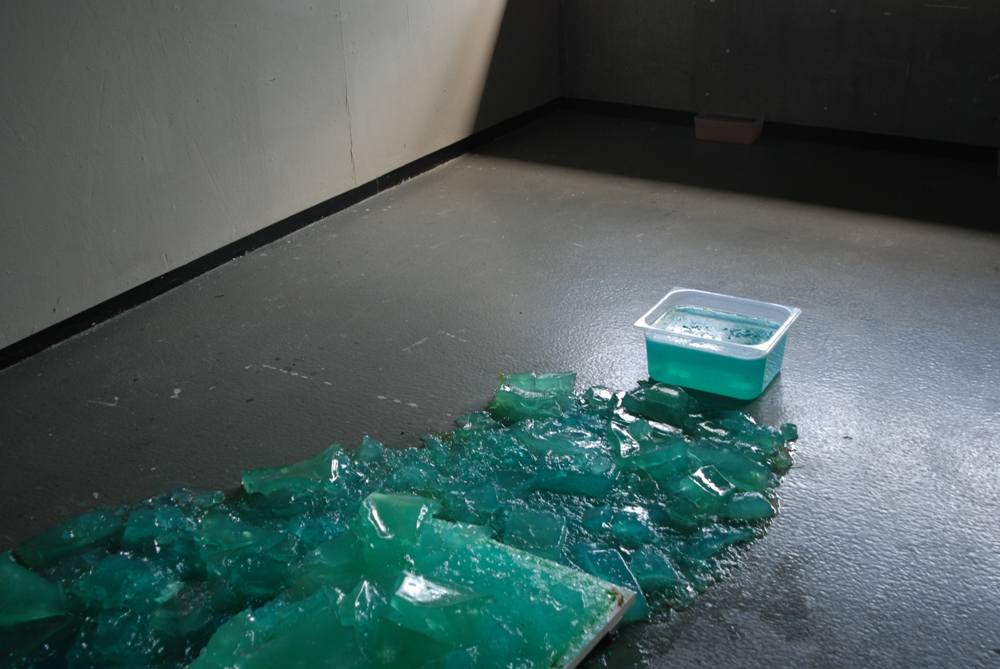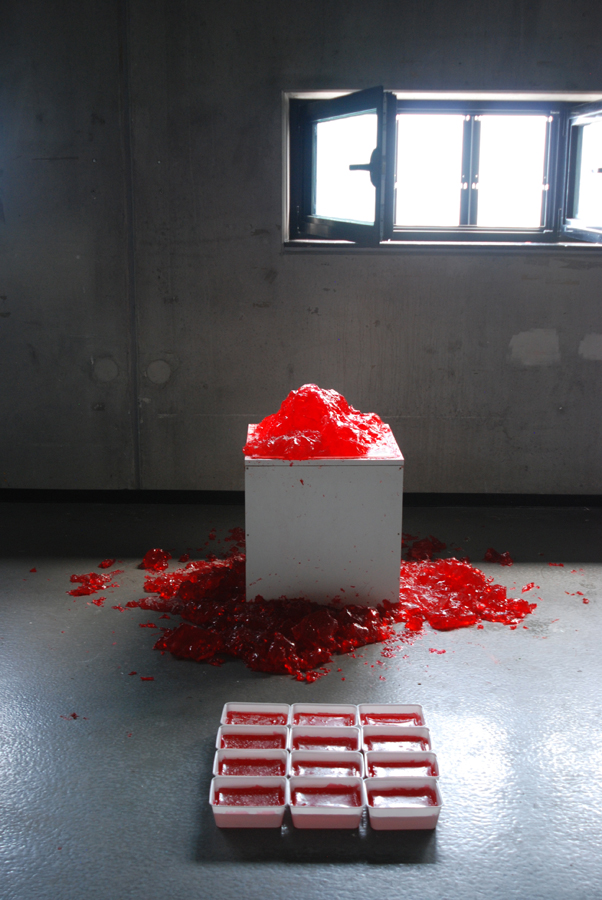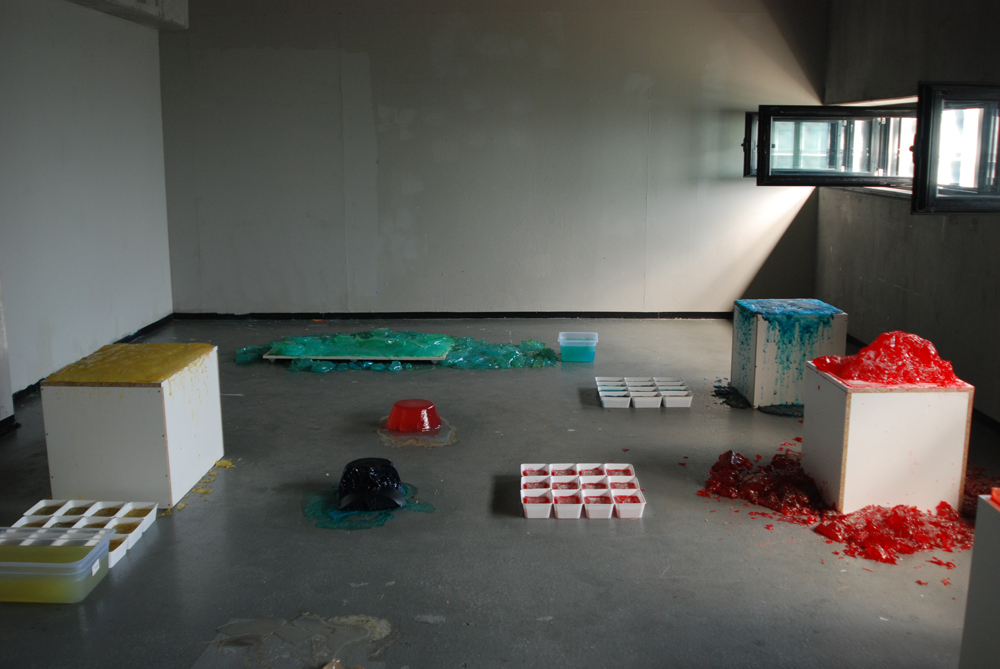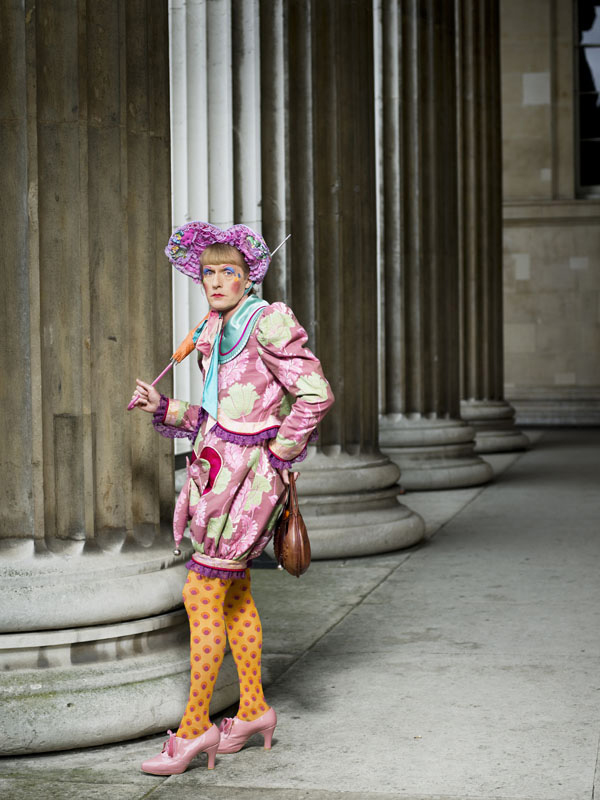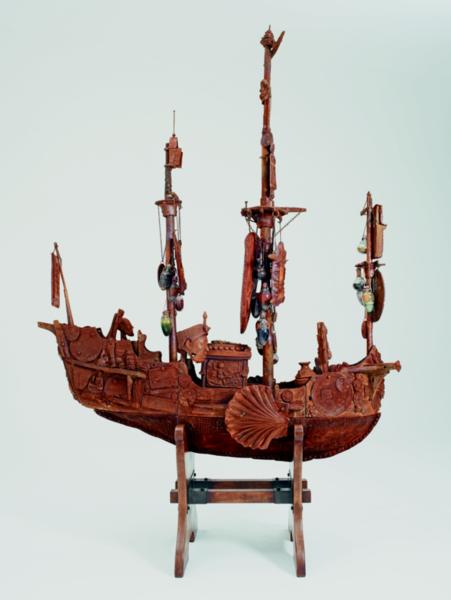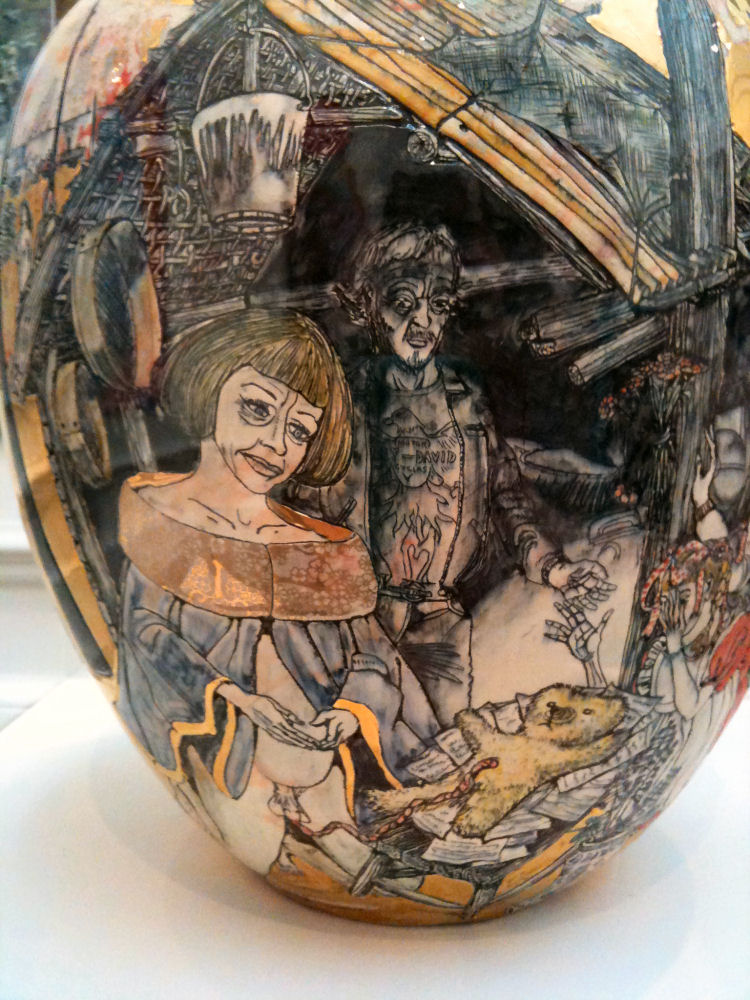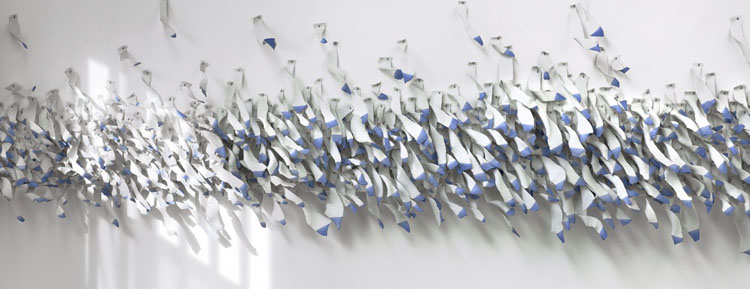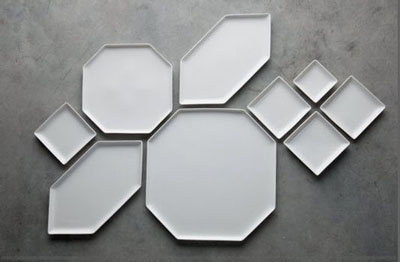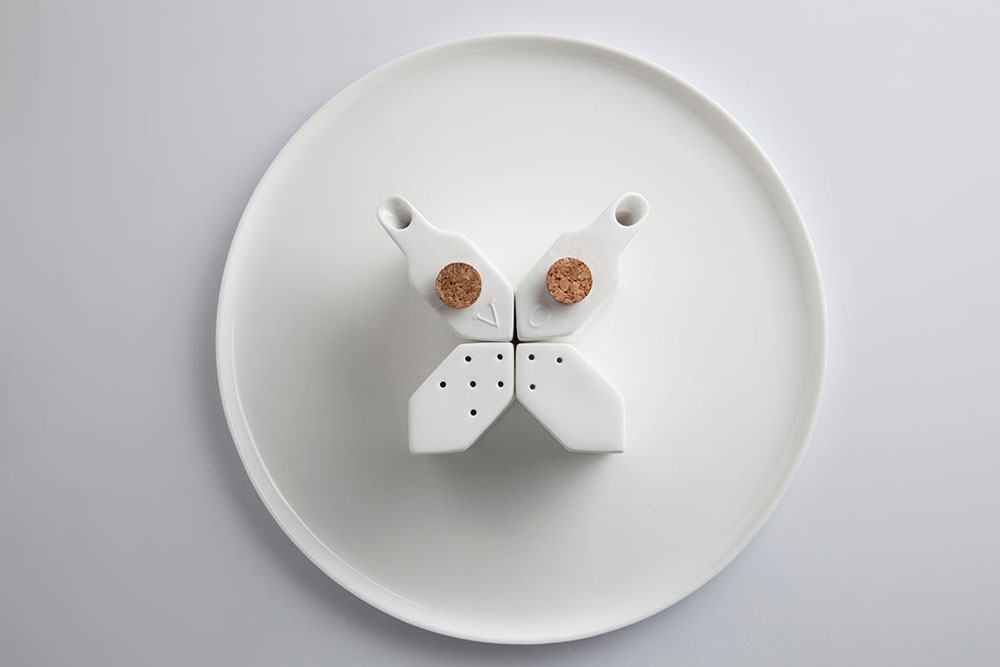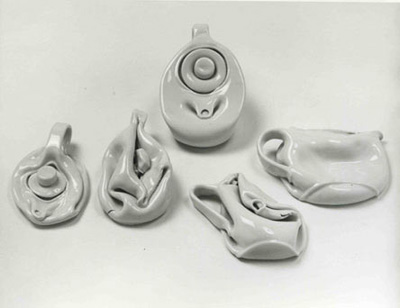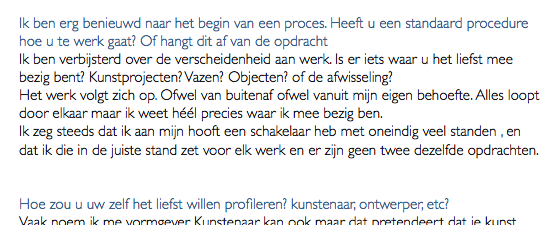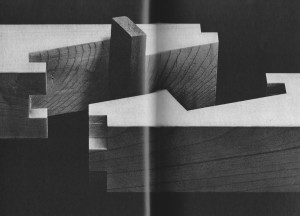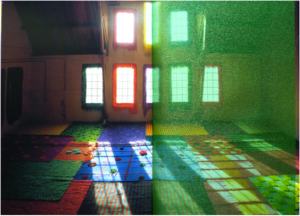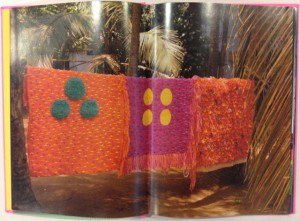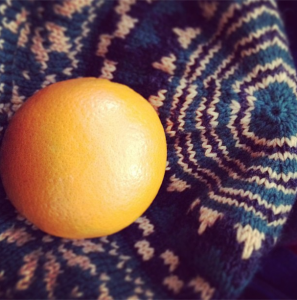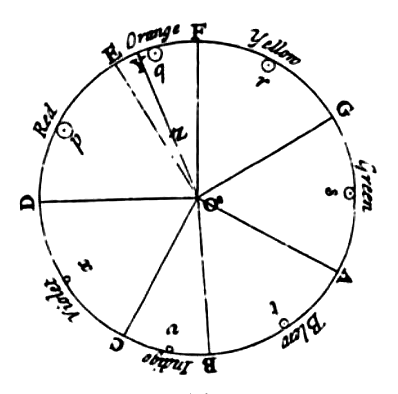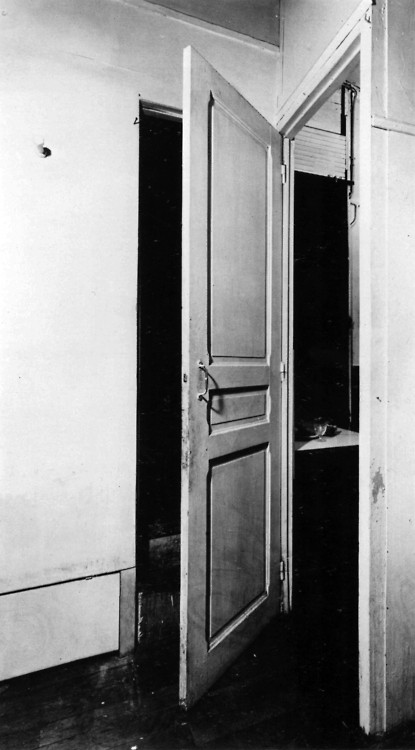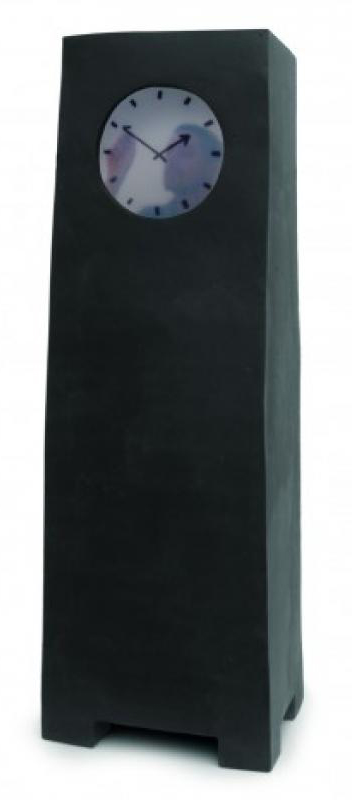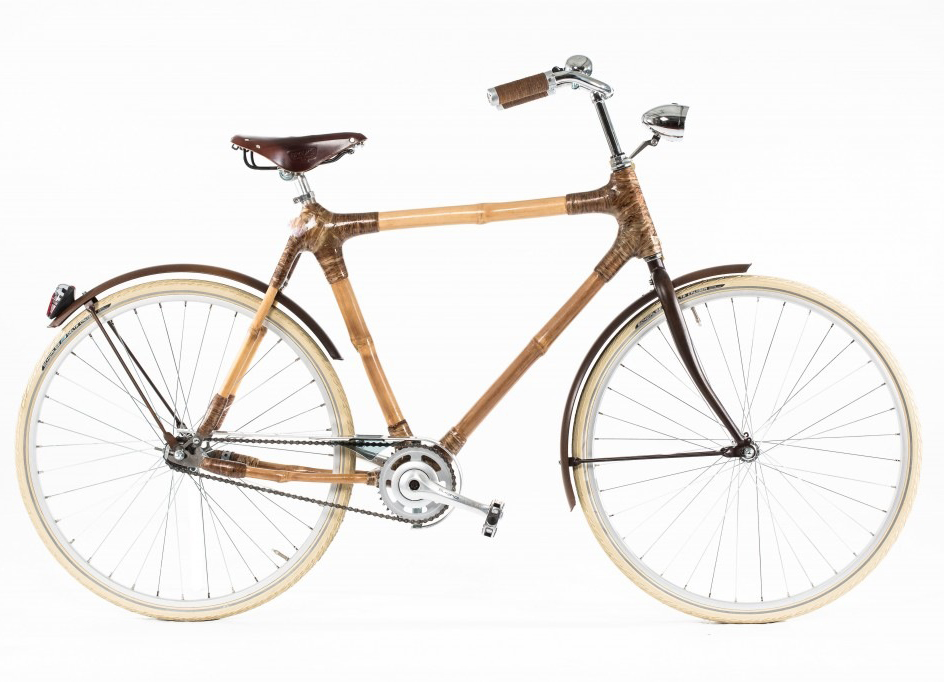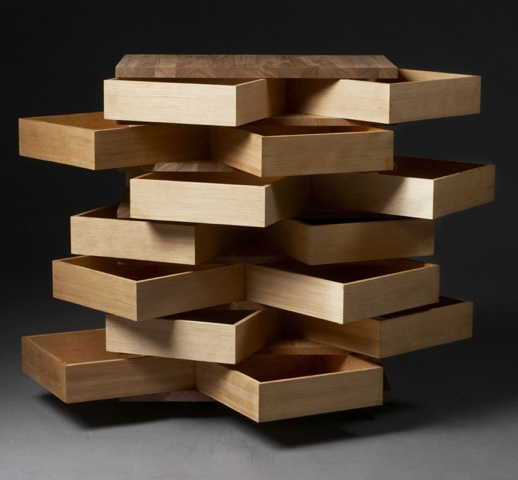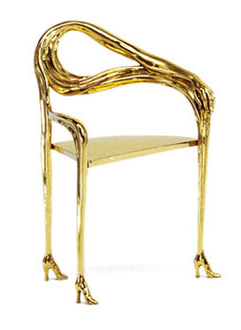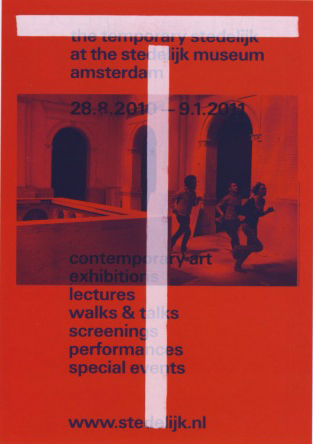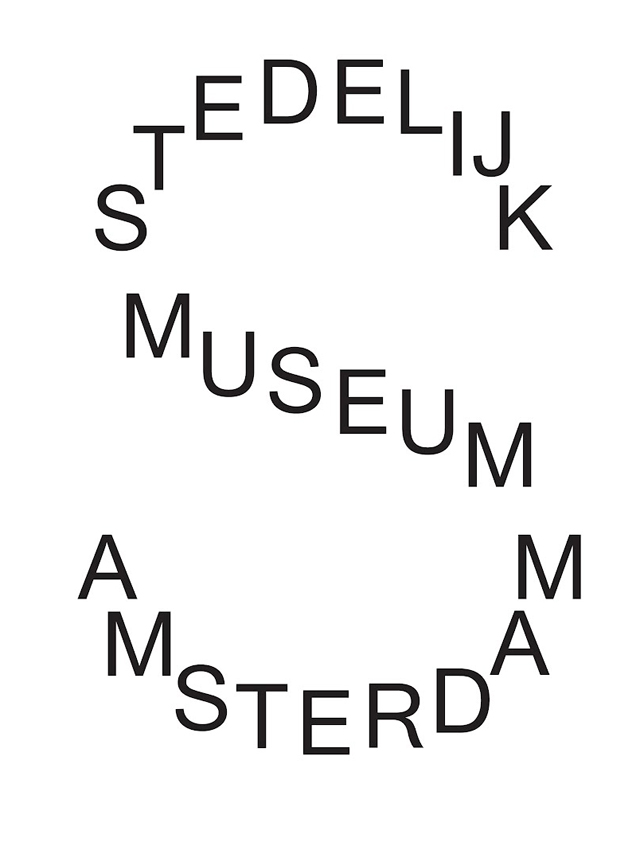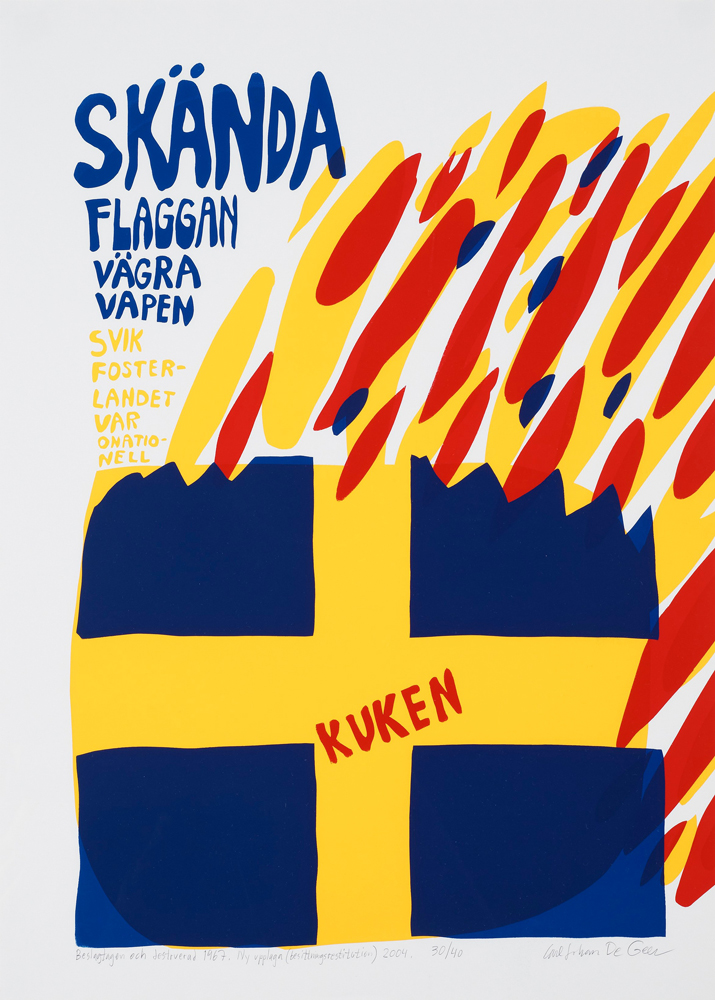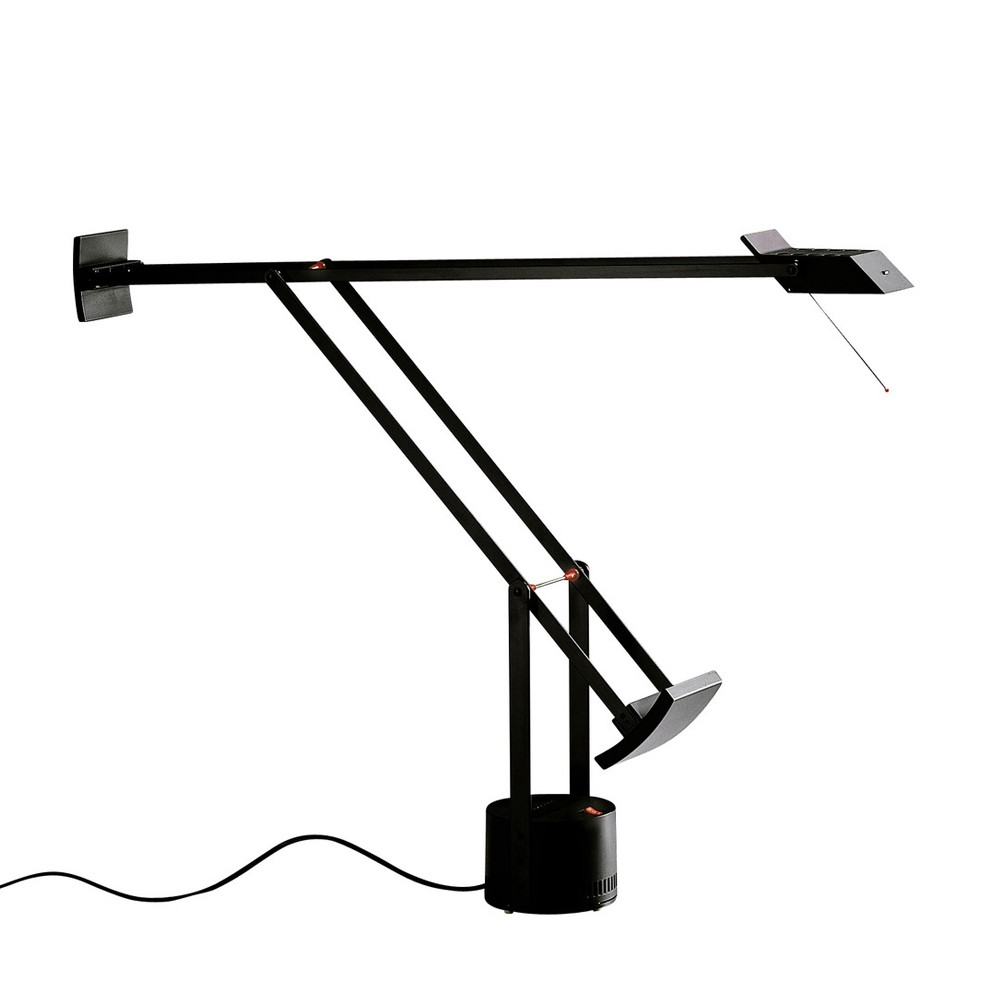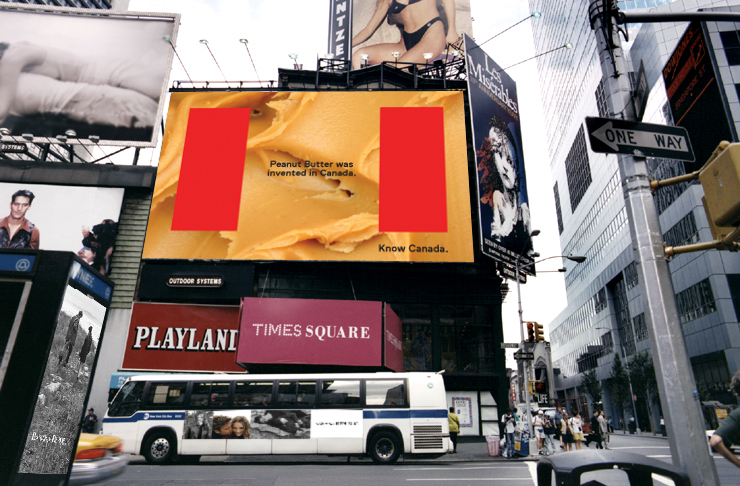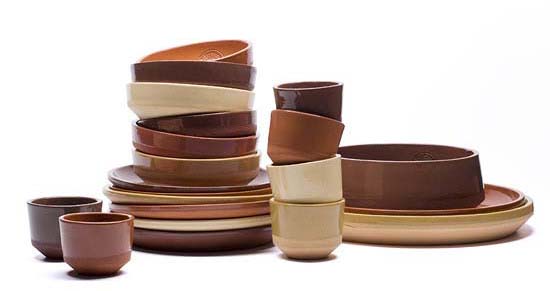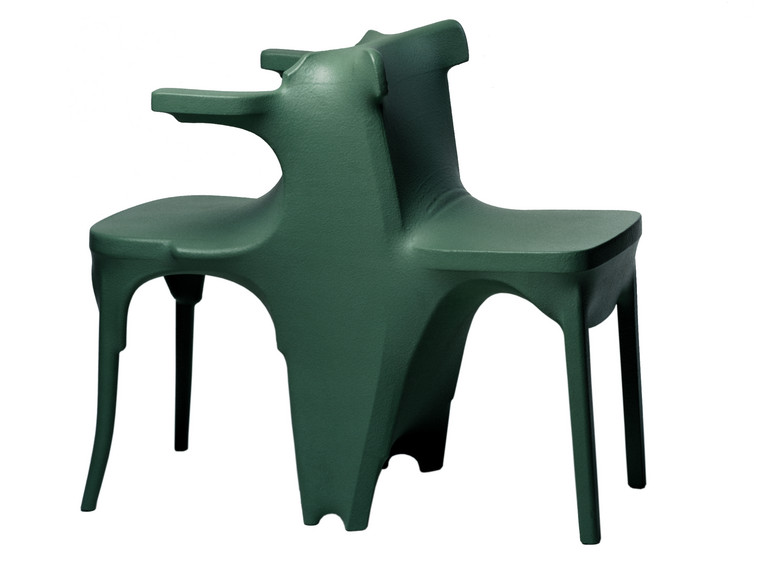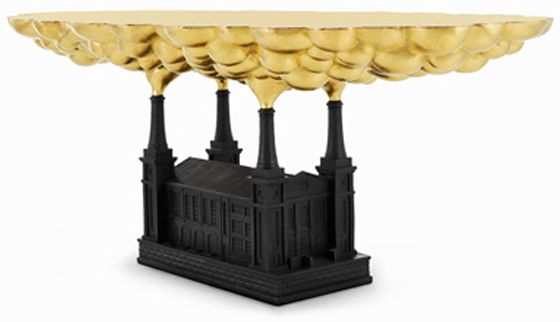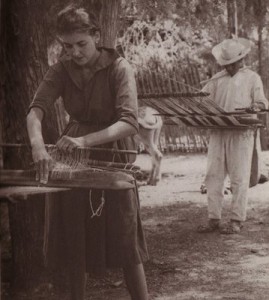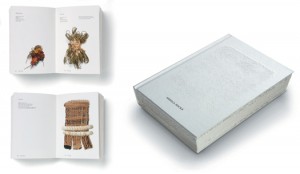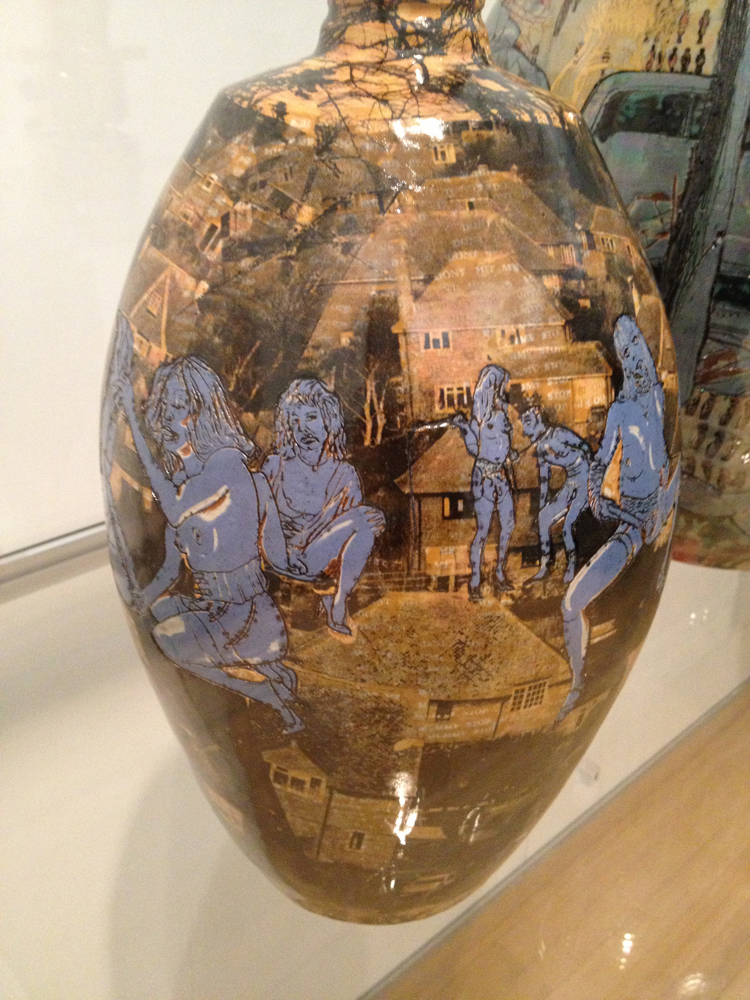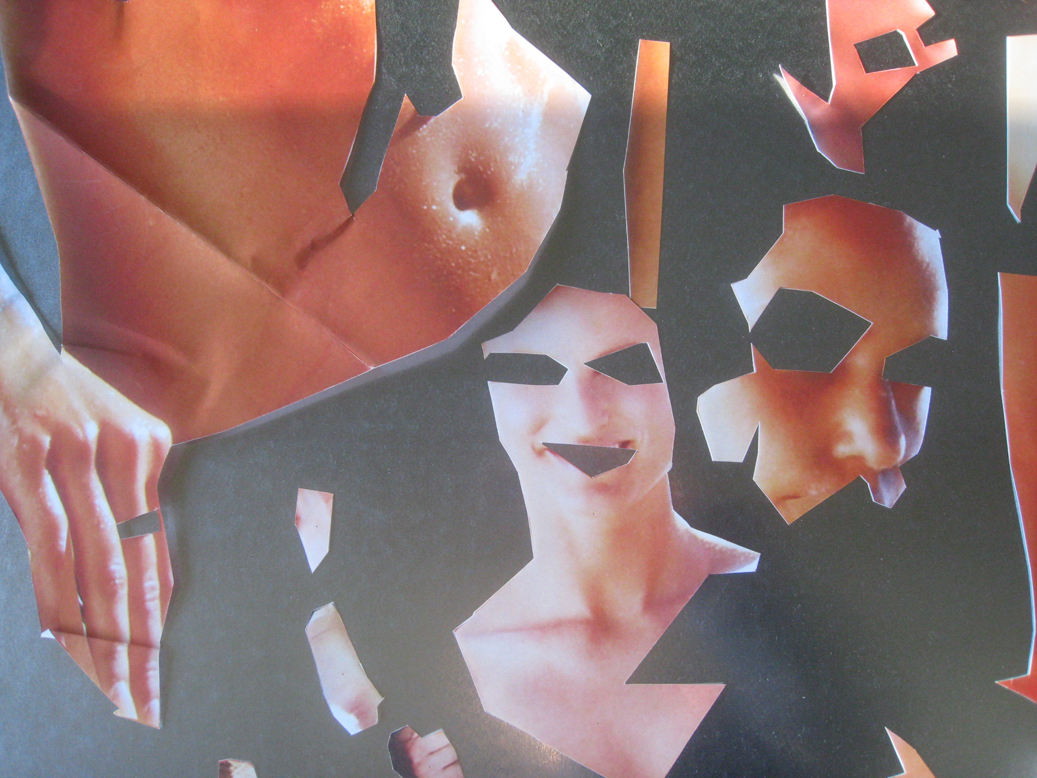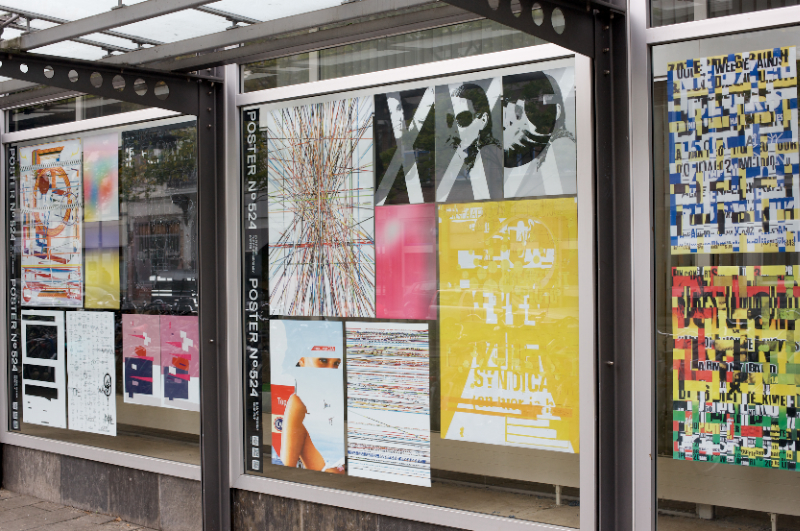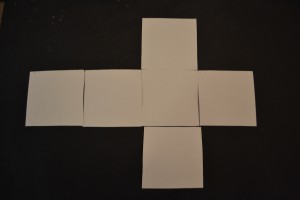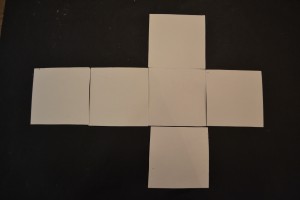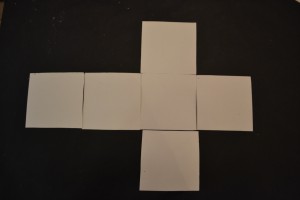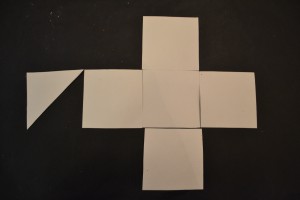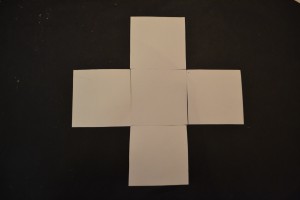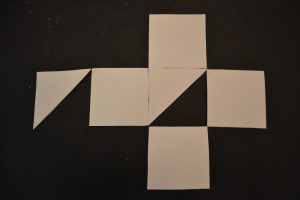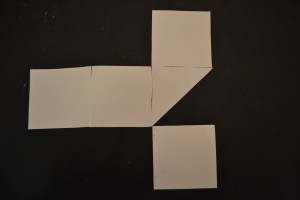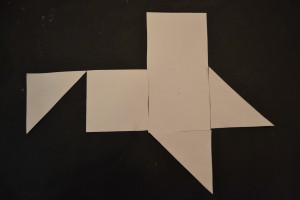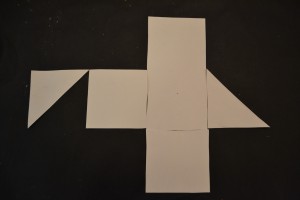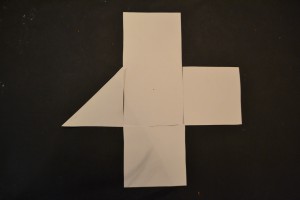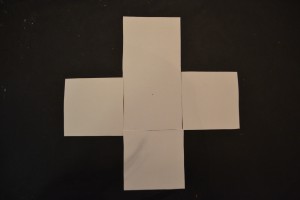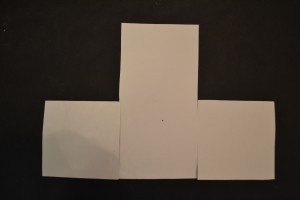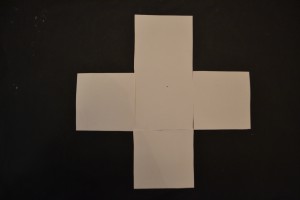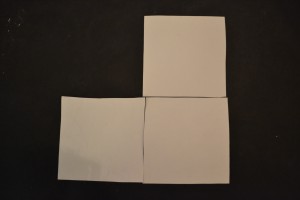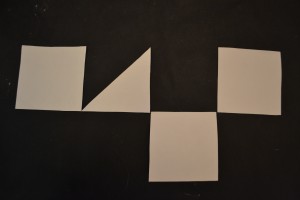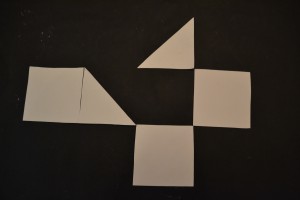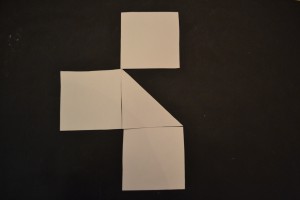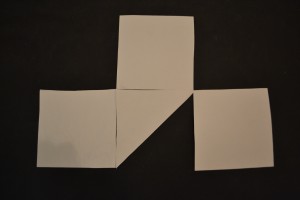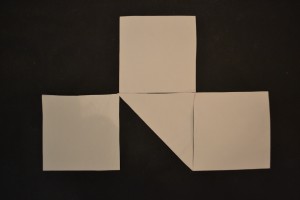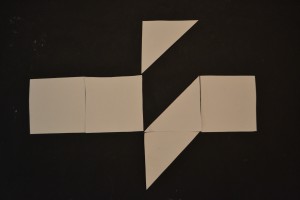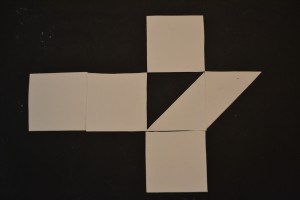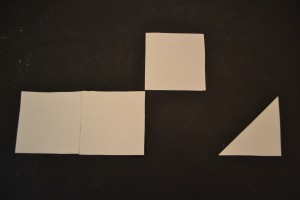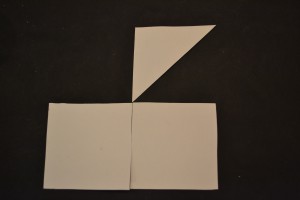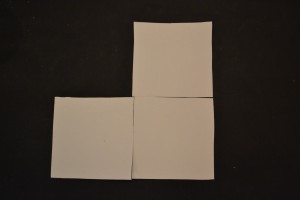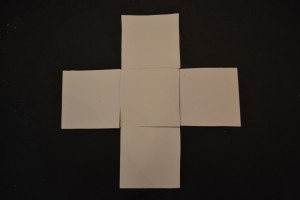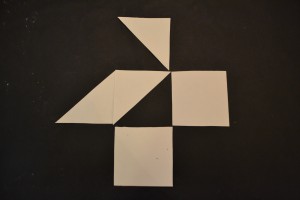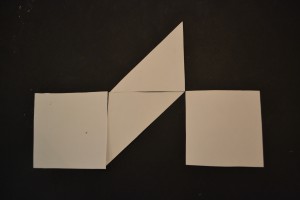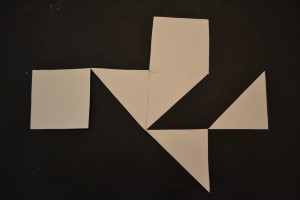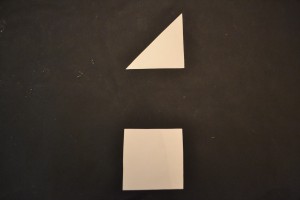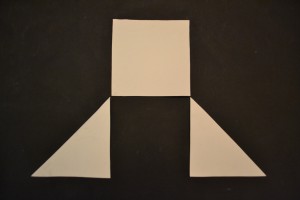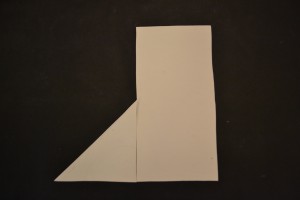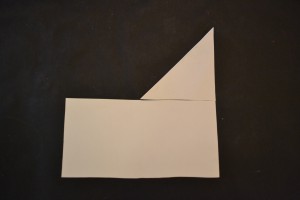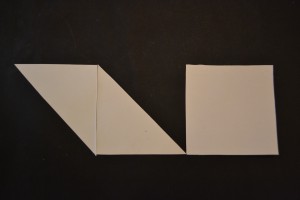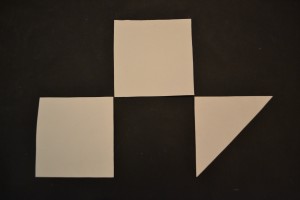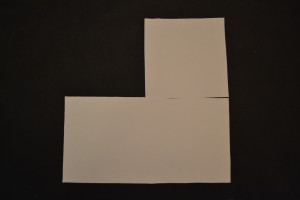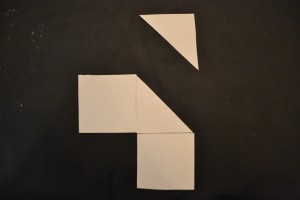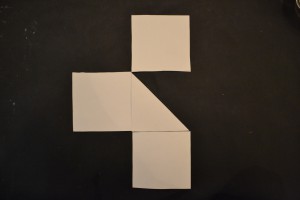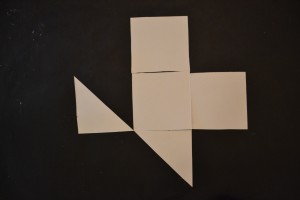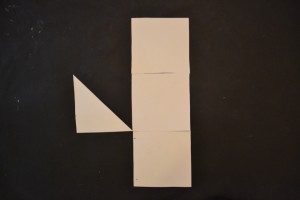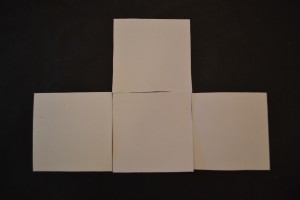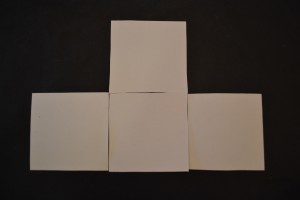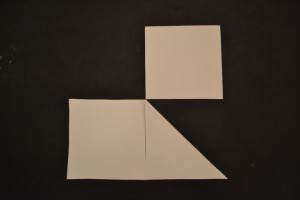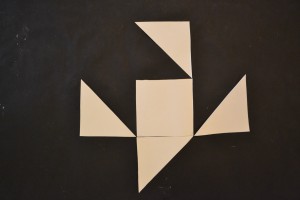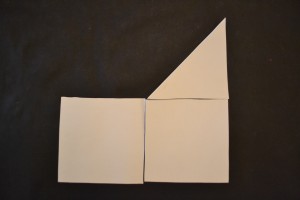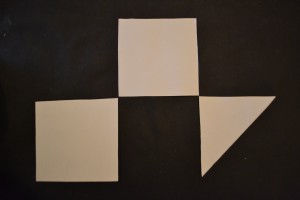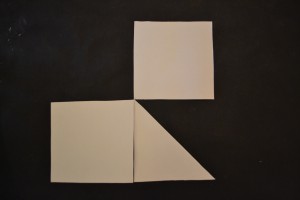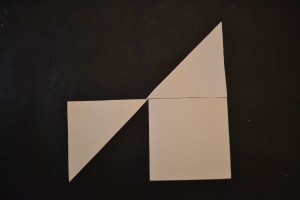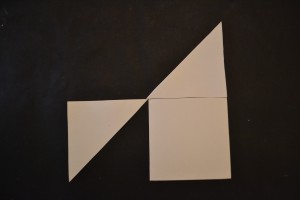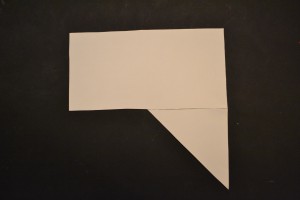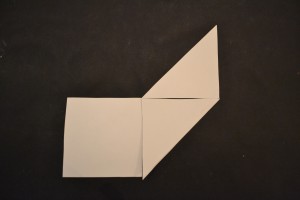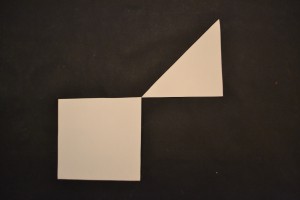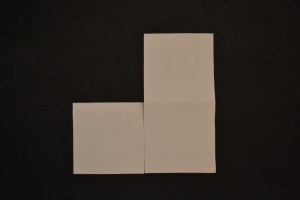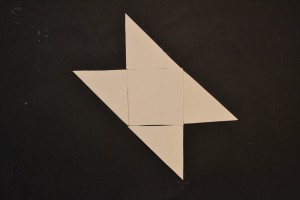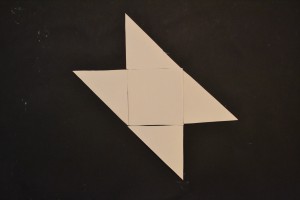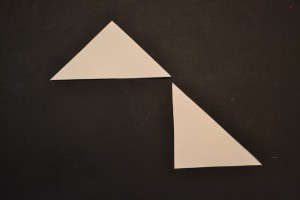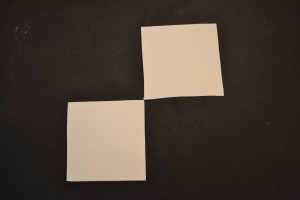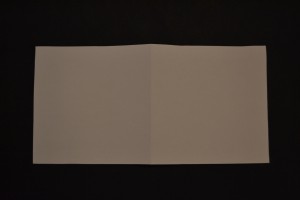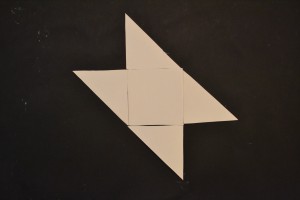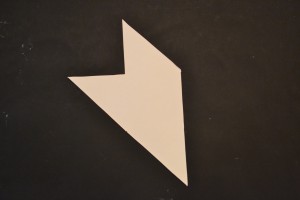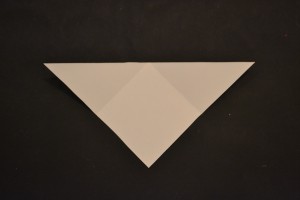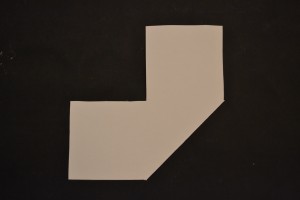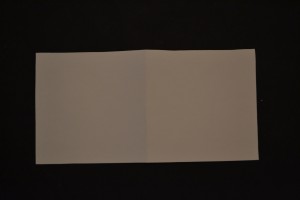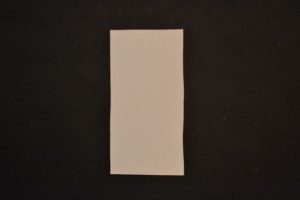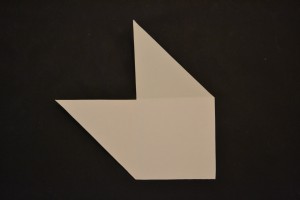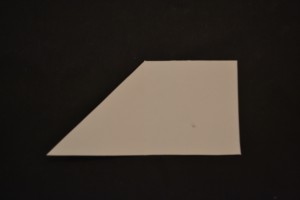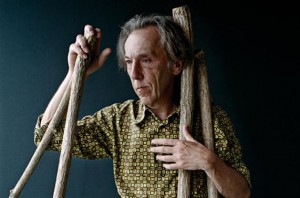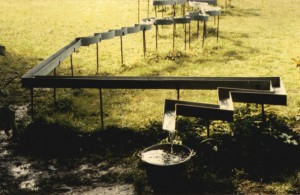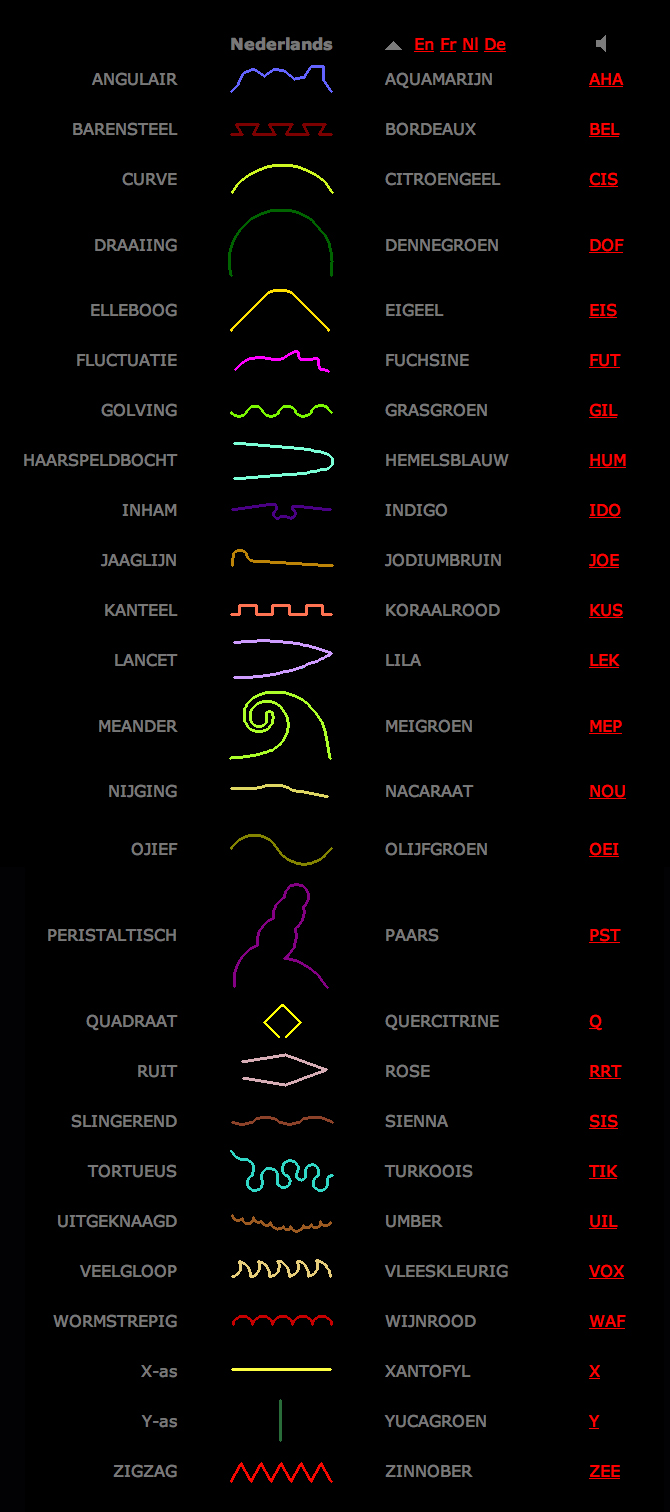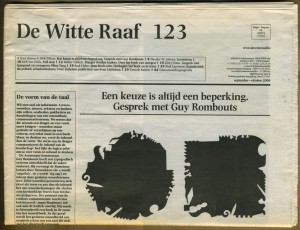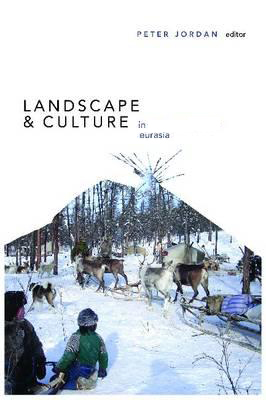I have chosen this object because I didn’t realize what was his main feature at first. Which made the object very mysterious for me. It looks like a chair but I thought it could also be one made for kids (the gate would protect them from falling and the table help them eat). And their is also a hole in the middle of the seat! So I have come to the conclusion that it is a high chair toilet. I love this object because of all the colour Rietveld used. I thought the lines present on all the file of the chair make it look very graphic. It reminds me of the tribal art which consists in painting their bodies with lines. As you can see on the picture represented below.
My opinion could be a little extreme but I cannot stop thinking that this chair looks like an instrument of torture. It should be comfortable to welcome a child but it is raw wood, and there are no cushions to absorb to body. The vertical and horizontal bars also vaguely recalls the prison world.
In fact, this chair was made for Hendrikus Johannes Witteveen Junior, the future minister of Finance who was born in 1921. It is almost identical to the original one, built in 1918.
According to museum experts the Witteveen chair is important because it is the first example of Rietveld’s use of primary colors, a key step in the development of his Red, Blue Chair, considered as an icon in Dutch art history. Even in our school, a lot of students have fun and try to make their own one. Some friends have it on their balcony! Rietveld designed it in 1918, under the influence of The Stijl movement that he has integrated in 1919. This chair is painted with the primary color palette added black, white and gray and a touch of yellow, so specific to this movement. Initially designed with a natural wood finish, Rietveld gave it these colors later, in1923, after officially joined the movement.
What’s The Stijl? It is an “avant-garde” movement, founded by Theo van Doesburg, with the active participation of Piet Mondrian. will destroy the Baroque through the use of colors and “pure” forms in dynamic equilibrium, as visually weightless. According to Marek Wieczorek “most of its members envision a utopian environment through abstract art, universal harmony in the full integration of all the arts”.
In addition to being a designer, Rietveld was also an architect. I have chosen the Shröder house to illustrate it. I haven’t visit it yet but I already have some really good echos. It was Rietveld opinion that sleeping, eating, bathing (in short, whatever people do at home) should be conscious activities that require a certain amount of effort : letting down the table or making up the sofa bed. Rietveld also was of the opinion that the size of the room should be in agreement with the time spent there. The ideological approach of this house lead a strict view on architecture. Truus Shröder was the ideal client : after the death of her husband, she ask Rietveld to built her a new house. It was the first house of Rietveld which was an exuberant experience for him! He came to a type of design which does not strictly define a space, but instead lets it breath by means open and closed planes, varying lines, colour accent and incidents of light. In this from all sides asymmetrical composition, the transition between inside and outside are fluently and surprisingly.
Rietveld had deeply left its mark and is always present around us (I know it’s a little easy to say that because we are studying in one of its architecture but whatever …). His manner to rethink the space make that he will be remembered !



